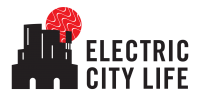Executive Director, Chattahoochee River Conservancy
What is the biggest threat to the health of the Columbus stretch of the Chattahoochee River?
“The biggest threat we see on a regular basis is the litter. The amount of litter we pull from our trash traps as well as our watershed clean-ups — it’s just atrocious.
Micro-plastics are becoming a problem as well. And smaller plastic pieces—fish, animals ingest those and can’t digest those.
Fishing line, the same thing. It gets tangled around animals. One of the turtles we found recently, a pretty large turtle, it got caught up in some line. When the waters rose, it was not able to get back up for air.
There’s a little bit of water quality issues we’re tracing down, but for the most part it’s fairly clean.”
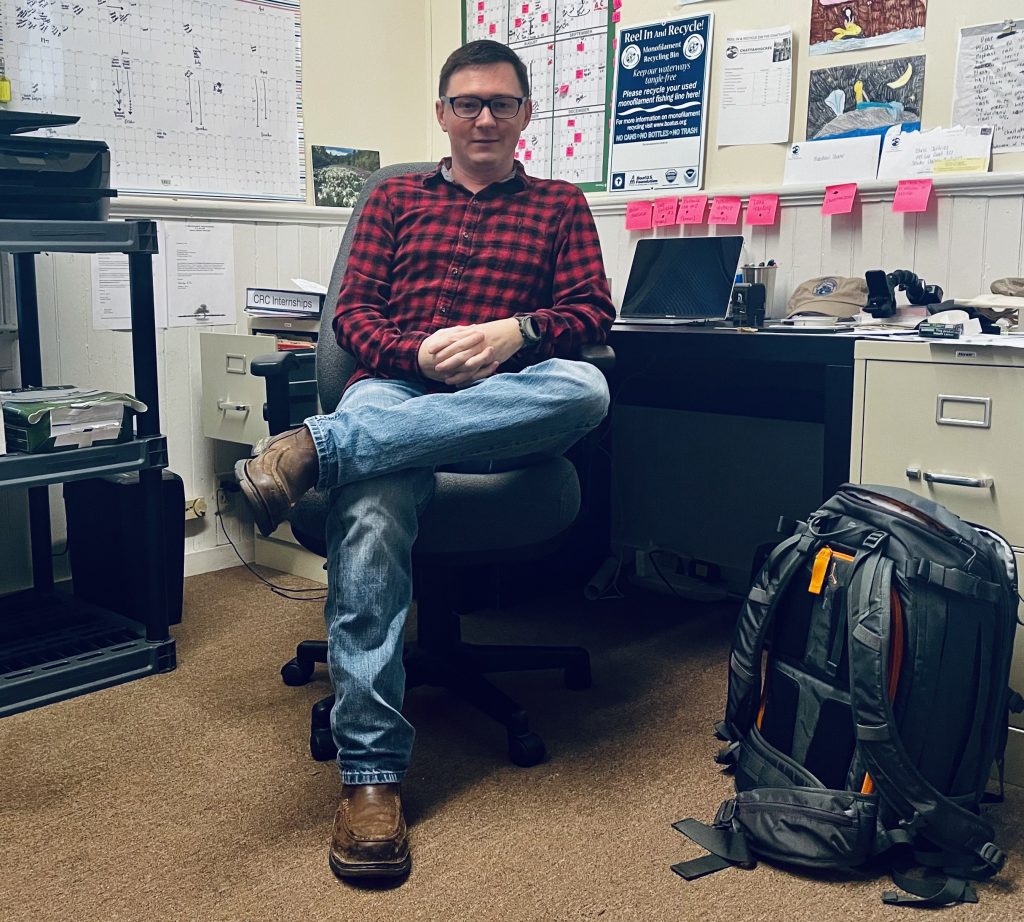
What water-quality issues?
“There are issues here and there with spikes in e coli.
A lot of that does occur naturally, especially after high-rainfall events. Animals produce e coli; humans produce e coli. So there’s different strains.
But for the most part, as that rises and everything flushes from all the watershed creeks, those numbers do spike until they reach the river and they are diluted.”
What have y’all accomplished with the trash trap at Bull Creek?
“Every time we go down and clean it, there’s almost a 100 pounds of trash pulled directly from the watershed.
We cleaned it the other day and we pulled out a few trees and some debris that had washed in but there was roughly 120 pounds that day. I went and checked it out yesterday and there’s probably 40 or 50 pounds floating right now.
We’re planning on cleaning that out once a month and continue that effort as well as adding more of those trash traps around in the tributaries in Columbus.”
What tributaries?
“Lindsey Creek and Cooper Creek, further up, because both of those flow into Bull Creek. Bull Creek is the biggest and that’s our beefy trap.
We’re planning on installing some smaller ones along the way to help put less of a strain on the one at Bull Creek but also because we’re concerned that the Bull Creek one has a lot more debris that comes in flow. There were 2 entire trees that were trapped in that trash trap.”
How does the river’s health in Columbus compare to other areas, such as Atlanta and South Georgia down by Lake Seminole?
“Those areas have a lot more volume of water, so testing for e coli, they’re going to have a little bit more dilution levels. Having point source, that’s a little bit easier here in town to have that happen because we’re a larger metropolitan area.
As far as the water quality between here and Atlanta, I would say they’re comparable as far as cleanliness. There’s been a lot of work done by multiple organizations to ensure that quality is improving on a consistent basis. With us here doing some testing. The Water Works tests the water here multiple times a week. As well as other organizations further upstream. The Chattahoochee Riverkeeper does a really good job of keeping Atlanta in check. And also they’re starting to do some sampling here in Columbus.
The more testing we can do, the better we’re all going to be, because there’s more than one person keeping an eye on it.”
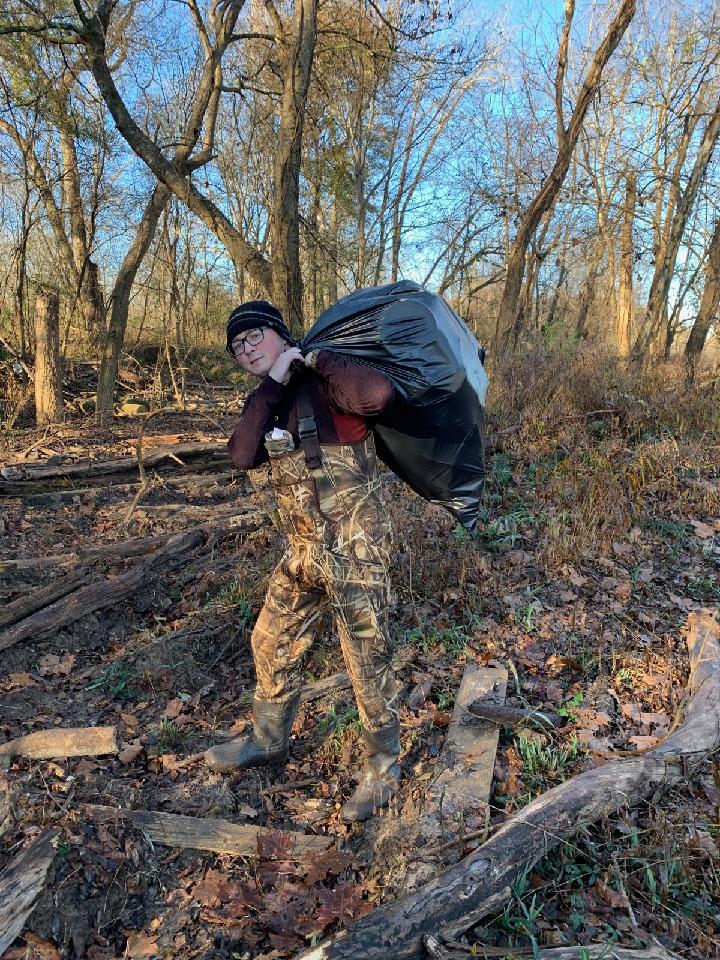
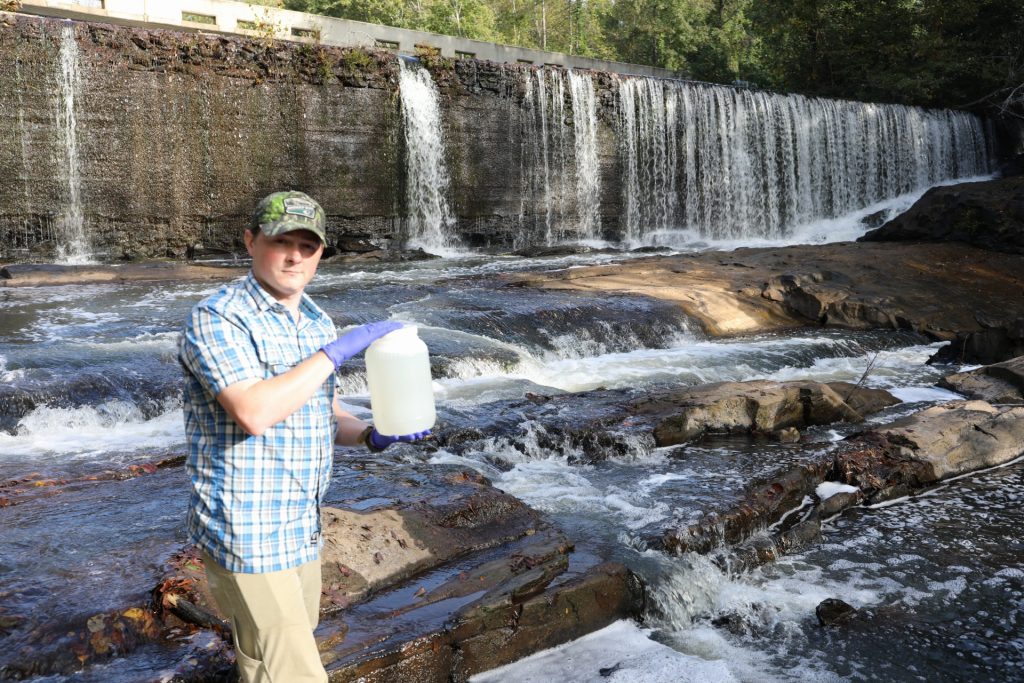

Your organization states it has a 3-prong approach to carrying out its mission: Science, Education, and Advocacy. How does that work?
“The science aspect is the water-quality testing.
“The educational part, we’re looking to develop some educational programs and get into the local schools so that we can start building that mentality that we have — this is our community, this is our river, and we all have a part in keeping it clean. It’s not just one person’s job; it’s all of our jobs. We’re looking to develop these programs to get into schools to help alongside other organizations such as the Keep Columbus Beautiful Commission, and the UGA Extension Office, which is also doing some environmental classes .
As far as advocacy, just being active and vocal about things like our litter control. Making sure that is seen by the public — that this is something we don’t want to see and we don’t want you to be a part of it. We want you to be a part of the solution.
And when problems arise when it comes to water quality, making sure we get that in front of the right people and making sure we’re keeping them in check to do what they need to do to make it better.”
How is the Christmas tree recycling project going?
“It’s going great. We just picked up a few trees the other day and got all nasty out at the landfill.
We have about 300-something trees that are ready to go next week. We’re starting to put some into the water to create those fishing habitats specifically around some of the fishing piers so hopefully that can promote fish being there so fishermen can come out and utilize those piers and actually catch them.
Since the implosion of the dams in 2013, there has been an increase in river wildlife.
“Oh, absolutely.
A few years ago, they released the shoal bass that was one the threatened species here in Georgia. It’s our river sporting fish. Those types of fish only survive and thrive in rapids like we have, in moving water with currents and eddys and things like that.
The striped bass are already starting to get caught out here. We’re starting to see some big ones posted on this fishing group we’re all members of on Facebook. People sometimes don’t know where to report things when issues do arise, so social-media forums are the caveat for us finding out information
As far as the wildlife, look at the bald eagles. When I was a kid growing up here, I never would have seen a bald eagle. Now I can go to Cooper Creek Park and see three different ones on a regular basis.”
What about progress to restore the endangered shoal spider lily?
“That is going very well.
Last year, we had over 2,000 plants into the river. We are looking to do that plus some this year. It’s going to depend on getting some grants to pay for it.
Last year, we had about 100 blooms. And that takes typically 2 to 3 years for blooms to produce. And we even found seed pods, which means we don’t necessarily have to plant all the plants that are there. They are producing and reproducing on their own.
There’s so many different things that go into that. The water quality has to have the right amount of nutrients, the right amount of water flow, the floods can’t be too harsh so that the plants can take root.
You also have to have correct pollination. There are a couple of moth species that are very crucial to pollinating that plant and they typically pollinate at night.
There’s a lot of things that have come together and that program is super successful. We’re going to continue to do it until the whole river is full of lilies.”
Where did you see the new blooms?
“Most of them are going to be on the north end, right across from the put-in at the North Highland Dam. There’s a section where we saw 5 to 6 blooms in the same location. Right now, it’s kinda spotty. The first year was a shotgun approach and we just tested to see where they would take hold.
This year we planted just below City Mills. That area got hit heavy with plants. That spot we found multiple groves that were taking root and creating this root structure for themselves. I know we planted 400-500 in that one spot and we’re expecting to see in the next 2 to 3 years to see those blooms there.”
You’ve stated plans to increase the Conservancy data collection in 2021. How will you carry this out?
“We have a couple of internships that we’ve offered to students from Columbus State University. They’re going to be critical for us adding more testing sites. Right now, we test at four sites along the whitewater course. We’re looking to add at least one more stop and then test twice weekly. So that’s going to be 10 tests done every week with the data openly available to the public through our Swim Guide app and our website and social-media channels.
That’s going to give us a better idea because those tests take 24 hours to get results. The most testing we can do throughout the week the better idea we can have of the cleanliness of the water.”
You’re also talked about efforts to establish a working relationship with the Chattahoochee Riiverkeeper.
“Absolutely. We’re looking to build any relationship we can. The more people we have keeping an eye on our water quality overall throughout the watershed is going to be beneficial for everyone. The more people we have doing those things in the creeks, checking for and helping find problems here and there with different organizations, again, it’s going to be better for all of us.”
What about the nature of your relationship with the Columbus Water Works? Is that too close of a relationship? Or is it necessary?
“It’s a necessary relationship.
They have a lab that can test for things we can not. Have that as a really good partnership, a lot of times that saves us a lot of time and effort, because we can just go to them, drop off a sample, and they’ll give us the results. And they’re critical for helping us figure out who owns what, whose responsibility it is, whether it’s Public Works and storm water or whether it’s Water Works piping. That relationship for us is very critical.
I’m sure it’s a very complex system how the city collects and drains water.
“Absolutely. It’s really fun and interesting if you get a chance to take a look at it.”
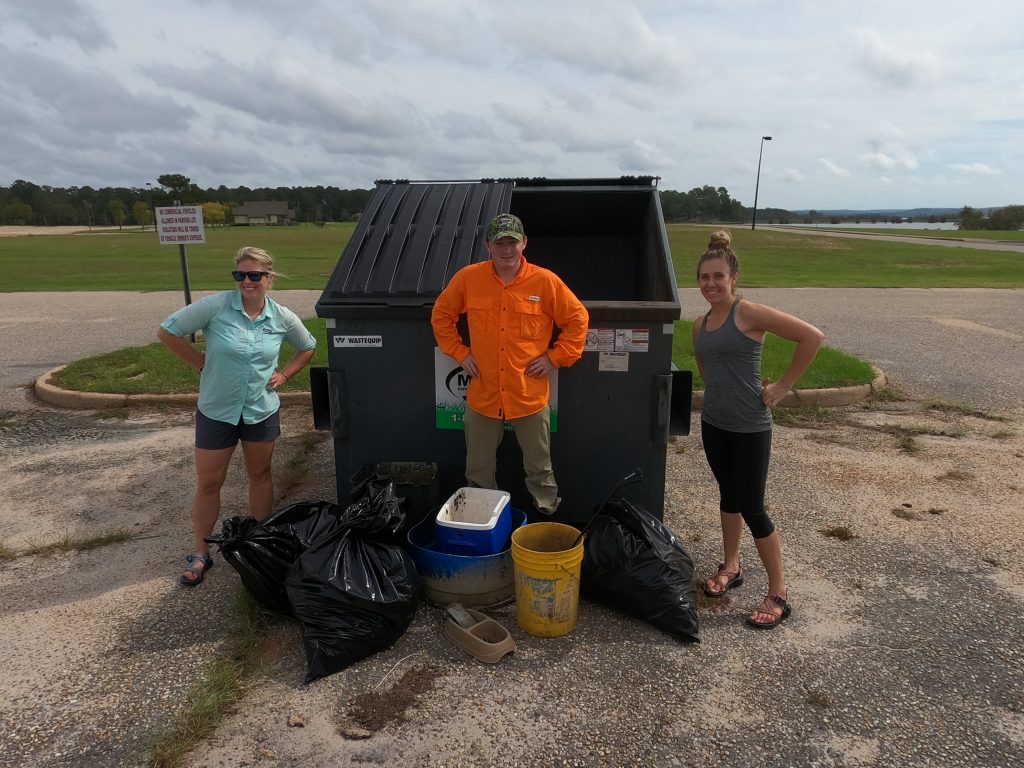
Programs Director Sanna Moraveck ,
Executive Director Chris Largent,
Development Directory Natalie Downey.
with Chris Largent 1.27.2021
Hometown: Columbus, Georgia
Age: 34
Education: “I graduated from Columbus High and spent a year at Columbus State University when I decided to join the workforce instead of continuing my education.”
Best local fishing hole: “I can’t tell you that. For shoal bass, there’s a sport on the north end of Lake Harding called Riverview. It’s very tough to get to but it’s well worth the effort. You can’t get there with a regular boat; you have to either wade through the water or kayak up to it and walk along the shoals. That particular fish is one of my favorites to catch because of its aggressiveness and because, again, it’s a threatened species.”
Favorite spot along the river: “That’s hard to say, because I like the whitewater but I also like to be able to hear things. Hear animals, hear birds. I’ve been spending a lot of time lately going down in the Bull Creek area, where the river is calm. You can see many different species in that area and hear them as well. It’s a little bit more calm than along the Riverwalk. The whole Bull Creek basin is a beautiful area. There’s such a wide variety of wildlife that you wouldn’t expect in Columbus, Georgia.”
Biggest challenge of the job: “Coming into this year, because of COVID, it’s fundraising. Everything else is fun.”
Biggest opportunity of the job: “To make the public more aware of what we do and what we are doing to ensure water quality in Columbus and the conservation efforts we put into the river.”
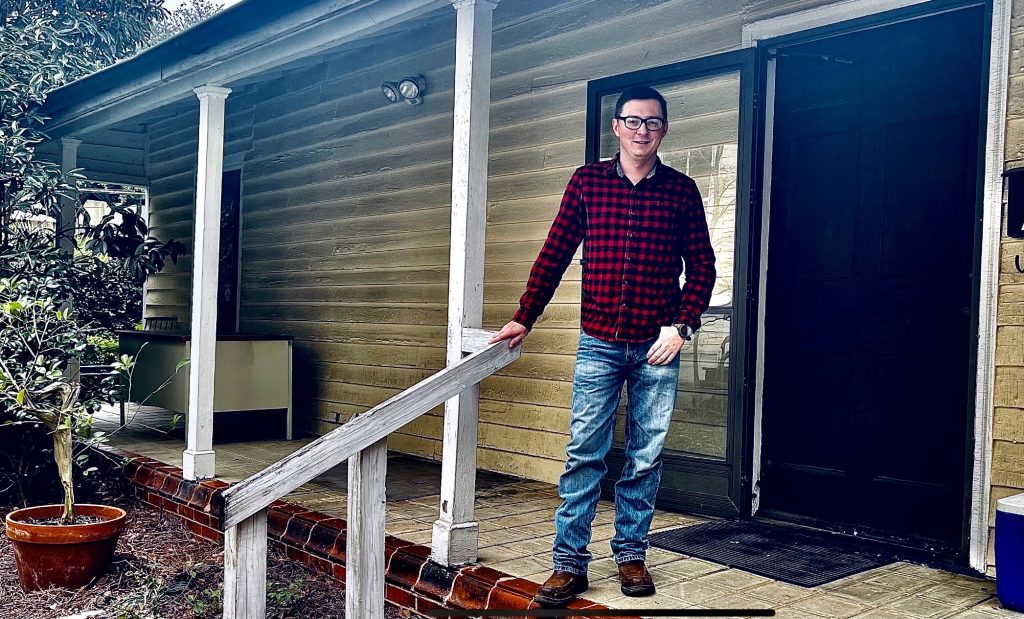
The historic property at 12th Street and 3rd Avenue is home to fellow *green* non-profits Trees Columbus and the Coalition for Sound Growth.
